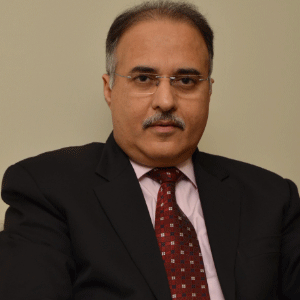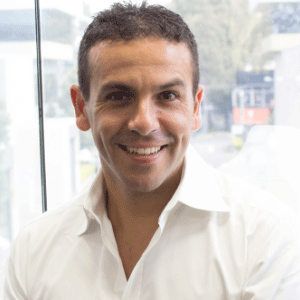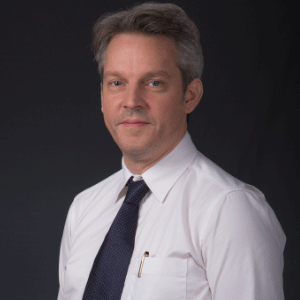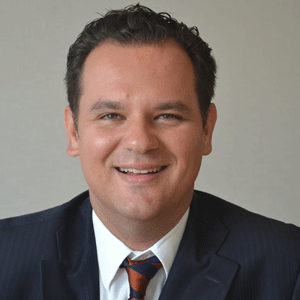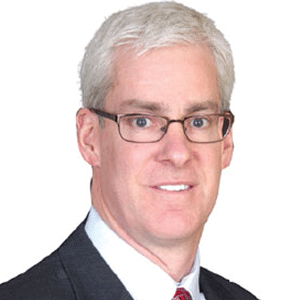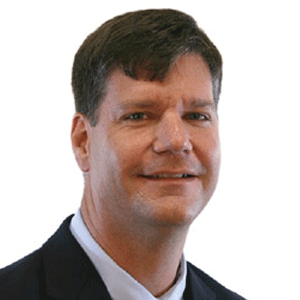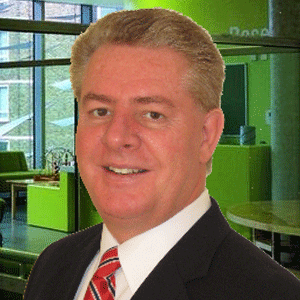THANK YOU FOR SUBSCRIBING

Greenfield Development: The View from a Renewable Energy Startup
Paul Liddell, CIO Redback Technologies


Paul Liddell, CIO Redback Technologies
A little over a year ago I was given the opportunity to combine two of my passions into one exciting and challenging job. I was asked to build the ICT stack for a new and innovative renewable energy company.
On leaving school, my passion for technology and building things led me to my first degree - Computer Science – and later to a nine-year stint working for Microsoft at corporate headquarters in the US.
I have also always been passionate about the environment – perhaps all of the time sitting in front of a monitor inspires me to go out and be in it – and so when I left Microsoft at the end of 2007 to set up as a consultant it was partly to give myself the time to get another degree, this time in Electrical Engineering, majoring in Renewable Energy.
The motivation was simple: I’d spent a lot of time building software that was useful for people. Now I wanted to build something that was also useful for the planet.
So at the start of last year when I was approached to work for a company that had virtually nothing apart from an idea – no name, very little backing – I jumped at the chance.
Redback Technologies, as we became in April 2015, is a Brisbane-based technology company focused on the development of advanced, low cost solar solutions for residential and commercial users.
We build integrated hardware and software that enables the capture, storage and management of solar energy. The device and cloud-based software allows for more efficient management of solar and battery energy, and this combined with our low installed costs allows for a faster system ROI.
Our systems produce a lot of data, and we have to be able to scale as we make sales. For this reason, we have chosen to adopt an IoT model with storage and processing in the Microsoft Azure cloud.
So what have we learned?
When working in a
Your development team will be more flexible if you can use the same technologies in as many parts of your solution as possible. We use the same basic development toolsets in both our cloud solutions and on our devices. That allows us to move developers from one part of the codebase to another as requirements change without losing time for re-training.
We also learned early on not to host our own infrastructure. If you are working on a green field project, use the cloud. You will save a lot of money on hardware, and many of the new platforms only work in the cloud. You can always build links to on-site software if you have to, and the idea that cloud based solutions are somehow inherently less secure than on premise software is a trap. You have to solve the same security issues wherever you choose to host your solution.
Hardware is hard. We have had to build some custom hardware for our devices as we need tight integration with power electronics components. If you can get by with an off-the-shelf hardware platform – and there are more available every month – then I would definitely recommend you do so. If you do have to customise hardware… start early!
All of these challenges are manageable, and if you think an IoT approach might be suitable to some aspect of your business, but have been holding off, I recommend that you get started with it now. The platforms and hardware are still changing, and still improving, but they are ready.
So what have we come up with?
Fundamentally what we are doing is building technology that enables us to become an important player in the dramatically changing electricity networks that are being shaped by technology advances and environmental concerns. Smarter and smarter devices are needed to be able to play in the new world and I think what we’ve built is a big step in the right direction.
We’re building something that’s pretty exciting to me and I think it’s going to be exciting to a lot of people. I don’t see anyone else that is doing such a tight integration between hardware and software and I believe we are right at the forefront of thinking about how residential scale solar systems can actually improve electricity networks. With the right technology, these systems can improve network resilience, reduce carbon emissions and reduce energy costs. That’s a win for the consumer and a win for our environment.


